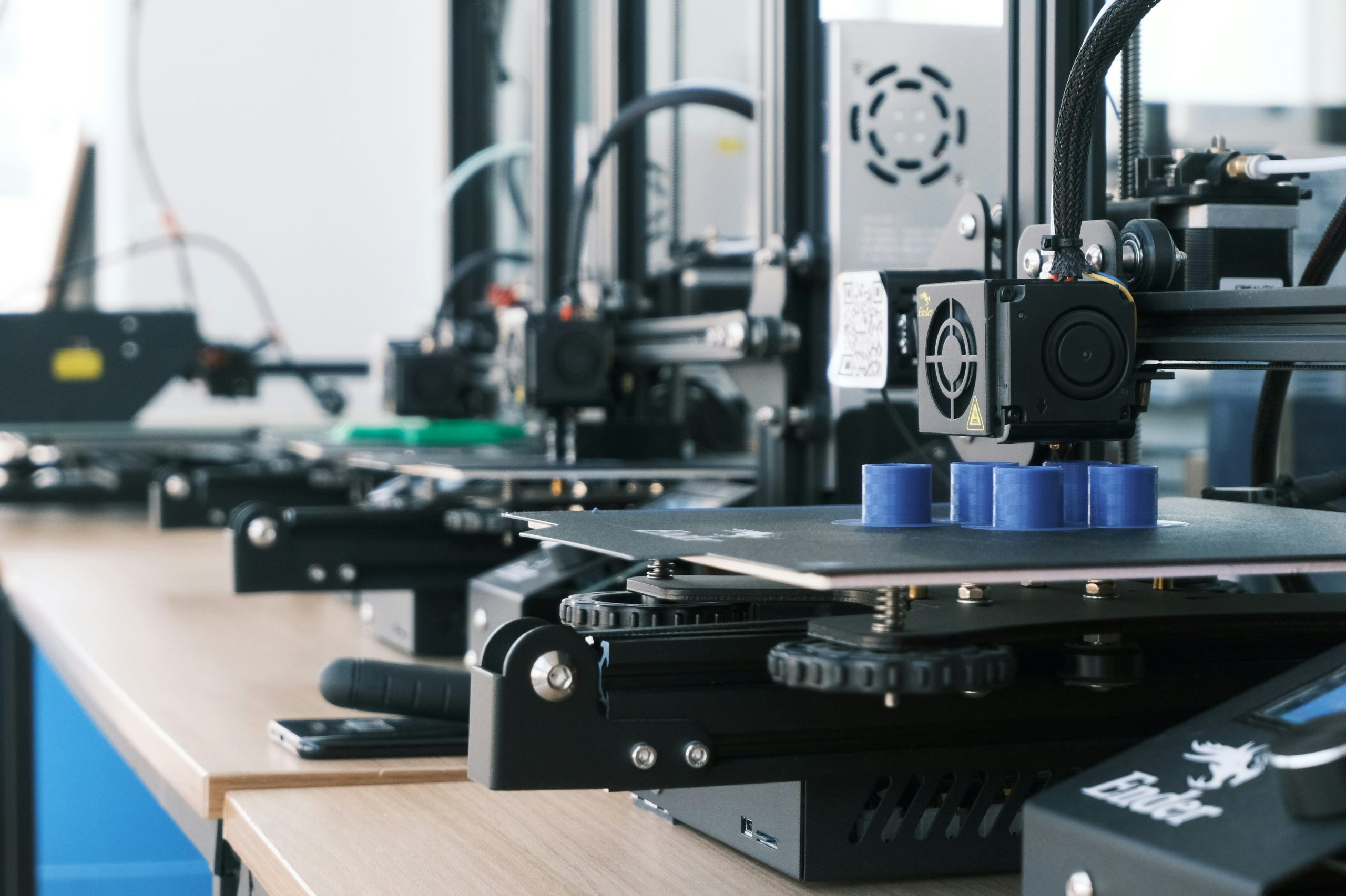Possibilities OF 3D Printing

The Magic of 3D Printing: How It Works and Why It’s Changing the World of Manufacturing
There was a time when creating a product meant months of planning, prototypes, revisions, and expensive molds. Today, 3D printing has changed that story—allowing anyone from hobbyists to large manufacturers to bring ideas to life in a matter of hours.
But what exactly is 3D printing? How does it work, and why is it considered one of the most disruptive technologies of the 21st century? Let’s explore the fascinating world of 3D printing and understand why it’s revolutionizing product development, manufacturing, and even healthcare.
What is 3D Printing?
3D printing, also known as additive manufacturing, is a process of creating three-dimensional solid objects from a digital file. Unlike traditional manufacturing that cuts away material (subtractive manufacturing), 3D printing builds up objects layer by layer using materials like plastic, resin, metal, or even chocolate.
Think of it as a hot glue gun attached to a robot — carefully following a blueprint to “draw” a product into existence, one thin slice at a time.
How Does 3D Printing Work?
The basic process of 3D printing involves three core steps:
✅ 1. Designing the Model
It all starts with a 3D digital model created using CAD (Computer-Aided Design) software like Fusion 360, SolidWorks, Blender, or Tinkercad. The model is then exported in a format like .STL or .OBJ.
✅ 2. Slicing the Model
Next, the model is imported into slicing software like Cura or PrusaSlicer. This software “slices” the model into hundreds or thousands of thin horizontal layers and generates the instructions (G-code) that tell the printer what to do.
✅ 3. Printing the Object
The 3D printer reads the G-code and starts printing layer by layer. Depending on the technology, it may use:
- FDM (Fused Deposition Modeling): Melts and extrudes plastic filament
- SLA (Stereolithography): Uses UV light to cure liquid resin
- SLS (Selective Laser Sintering): Fuses powdered material with lasers
- DMLS (Direct Metal Laser Sintering): For high-end metal parts
Why is 3D Printing So Revolutionary?
3D printing isn’t just cool—it’s changing the rules of how we make things. Here’s why:
1. Rapid Prototyping
Engineers and designers can create and test product ideas in a single day. No more waiting weeks for factory-made samples.
2. Cost-Effective for Small Runs
Unlike injection molding, which requires expensive molds, 3D printing allows low-volume or custom parts to be produced without tooling costs.
3. Design Freedom
Complex shapes, internal structures, or moving parts can be printed in one go—something impossible or very expensive with traditional manufacturing.
4. Less Waste
Traditional machining cuts away large portions of raw material. 3D printing only uses what’s needed—making it eco-friendly and sustainable.
5. Game-Changer in Healthcare
From custom prosthetics to bioprinting human tissues, 3D printing is saving lives and improving medical care around the globe.
What Should 3D Designers Know About 3D Printing?
If you’re a 3D product designer or aspiring to be one, understanding 3D printing is a must. Here’s how to prepare:
✅ 1. Master CAD for 3D Printing
Learn how to design with watertight geometry, proper wall thickness, and minimal overhangs. Every 3D printer has limitations, and your designs need to respect them.
✅ 2. Know Your Materials
PLA, ABS, PETG, Nylon, TPU—each material has strengths and weaknesses. Know when to use which, based on durability, flexibility, or temperature resistance.
✅ 3. Think in Layers
Your model will be built layer by layer, so think about orientation, support structures, and how your design will be sliced.
✅ 4. Optimize for Printability
Avoid tiny details that won’t print well or unsupported features that may fail. Good 3D designers think like engineers.
Where Is 3D Printing Headed?
The future is bold. With AI and machine learning combining with 3D printing, we’ll soon see:
- Self-optimizing print settings
- Real-time quality control via computer vision
- Smart materials that change properties after printing
- On-demand manufacturing at a global scale
Industries like aerospace, fashion, architecture, and food are already deep into experimentation.
Final Thoughts
3D printing is no longer just a hobbyist’s tool—it’s a powerful engine of innovation. It brings imagination to reality faster than ever before. Whether you’re building custom phone cases, complex engine parts, or even human organs—3D printing is your canvas.
And for designers? This is your moment. Understand the technology, embrace its quirks, and design with purpose. Because in the world of 3D printing, your creativity is the only limit.